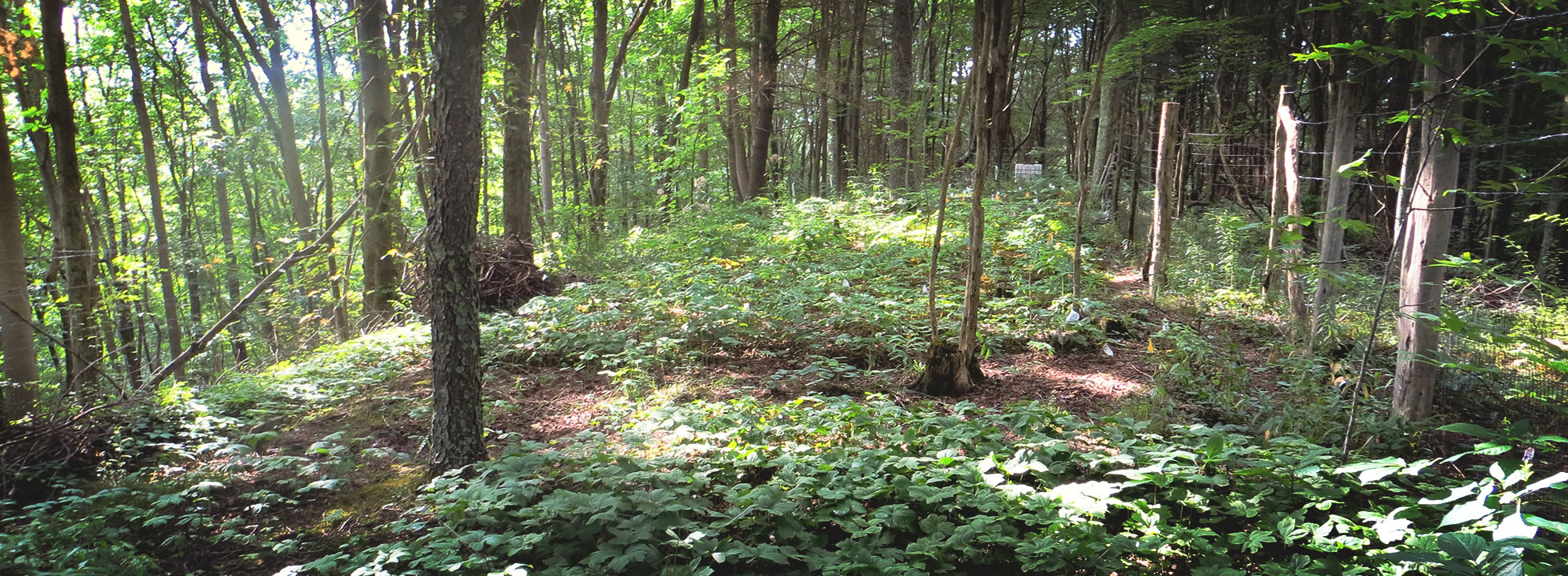This article provides essential information on shelter building and fire making for people who find themselves in survival situations. Whether you are lost in the wilderness, stuck in a blizzard, or stranded on a deserted island, knowing how to build a shelter and start a fire can be the difference between life and death.
We will cover everything from the materials needed to build a shelter to the different methods of starting a fire, including how to gather wood and kindling, and how to safely maintain a fire.
The ability to build a shelter and start a fire is essential for anyone who spends time outdoors or finds themselves in a survival situation. Being able to create a safe and warm shelter and start a fire for warmth, cooking, and signaling for help can mean the difference between life and death.
However, knowing where to start can be overwhelming, especially for those who are new to survival situations. In this article, we will provide a comprehensive guide to shelter building and fire making, covering everything you need to know to survive in the wild.
Materials for Shelter Building

The first step in the shelter building is to gather the necessary materials. Depending on the environment you are in, the materials needed for a shelter can vary. In general, you will need natural materials such as branches, leaves, and grass, as well as a few tools, such as a saw or machete. It is important to be familiar with the local flora and fauna in your area to know which materials are safe to use for shelter building.
Types of Shelters
There are various types of shelters you can build depending on your environment and the resources available. In this section, we will cover the most common types of shelters, including debris shelters, lean-to shelters, and teepee shelters. We will also discuss how to choose the best location for your shelter to maximize safety and comfort.
Gathering and Preparing Firewood
The next step is to gather and prepare firewood. In this section, we will discuss the different types of wood you can use for fire making, including tinder, kindling, and fuel wood. We will also cover how to safely collect and prepare firewood, and how to store it to keep it dry.
Methods of Fire Making
Starting a fire can be challenging, especially in wet or windy conditions. In this section, we will cover the different methods of fire making, including using a lighter, matches, flint, and steel, and friction methods such as the bow drill and hand drill. We will provide step-by-step instructions for each method and discuss the advantages and disadvantages of each.
Maintaining a Fire
Once you have started a fire, it is important to know how to maintain it to ensure it stays strong and provides the warmth and light you need. In this section, we will discuss the different techniques for maintaining a fire, including how to add fuel wood, how to adjust the airflow to control the temperature, and how to safely extinguish a fire.
Cooking Over a Fire
In addition to providing warmth and light, a fire can also be used for cooking. In this section, we will discuss the different techniques for cooking over a fire, including using a spit, a grill, or a pot. We will also cover how to safely handle food and prevent contamination.
Safety Precautions
Survival situations can be dangerous, and it is important to take safety precautions to minimize the risk of injury or illness. In this section, we will cover the essential safety precautions to take when building a shelter and starting a fire, including how to avoid hypothermia, dehydration, and food poisoning.
Signaling for Help
In some survival situations, it may be necessary to signal for help. In this section, we will discuss the different signaling techniques, including using smoke, mirrors, and flares. We will also cover how to use these techniques effectively and safely, and how to make sure you are visible to search and rescue teams.
Advanced Techniques
For those who have more experience in survival situations, there are several advanced techniques that can be used to improve shelter-building and fire-making skills. In this section, we will cover some of these techniques, including using natural materials such as moss and bark to insulate shelters and using more advanced fire-making methods such as the fire piston and the fire plow.
Practice and Preparation

The most important thing to remember when it comes to shelter building and fire making is that practice and preparation are key. The more you practice these skills, the more confident and competent you will become. In this section, we will provide some tips for practicing and preparing for survival situations, including setting up practice scenarios, packing the right gear, and staying mentally and physically prepared.
Conclusion
Building a shelter and starting a fire are essential skills for anyone who spends time outdoors or may find themselves in a survival situation. Knowing how to gather materials, choose a location, start a fire, and maintain it safely can mean the difference between life and death.
By following the tips and techniques outlined in this article, you can increase your chances of survival and feel more confident when faced with the unexpected challenges of the wilderness. Remember to always practice and prepare for the unexpected, and stay safe out there.




